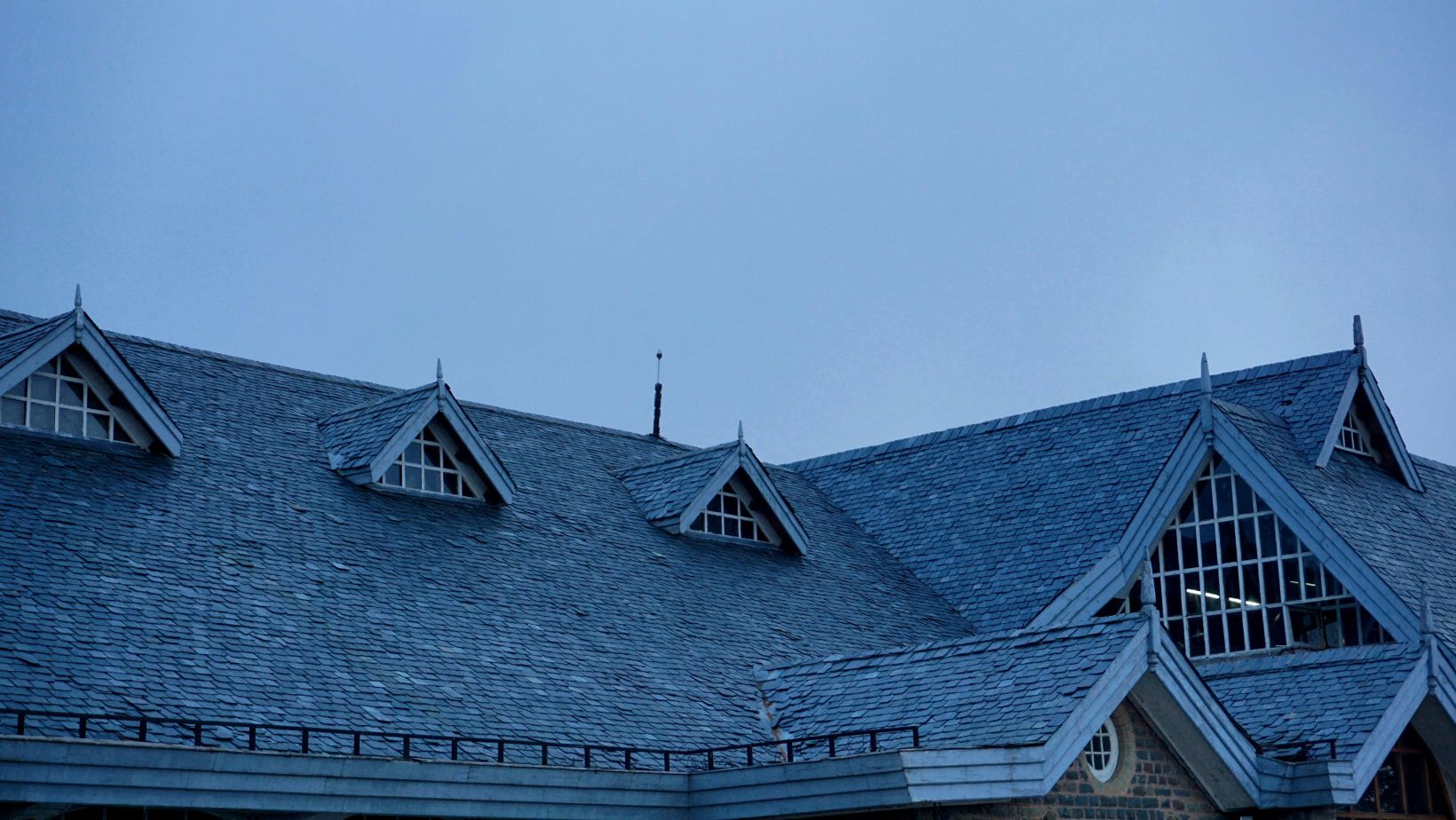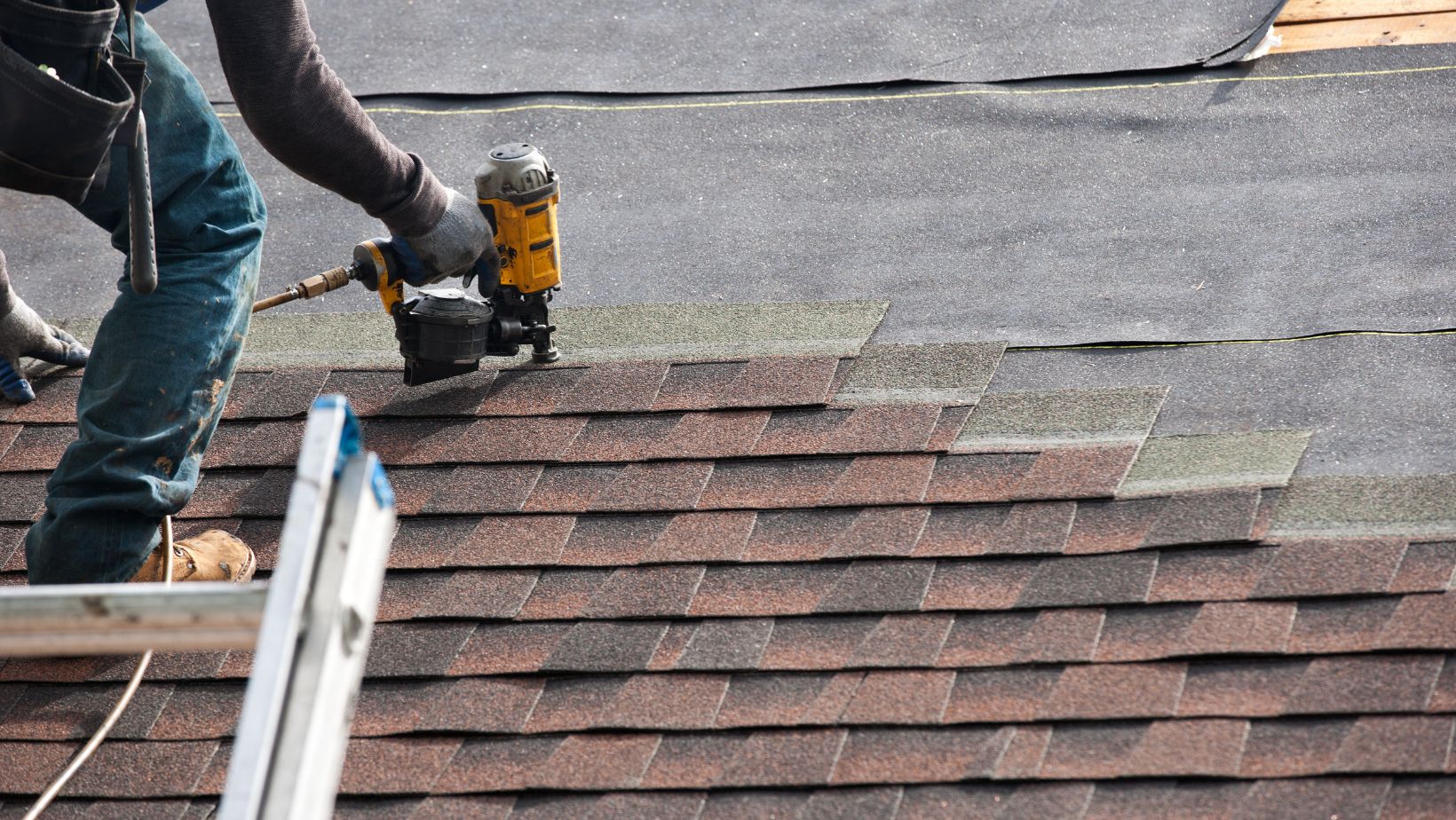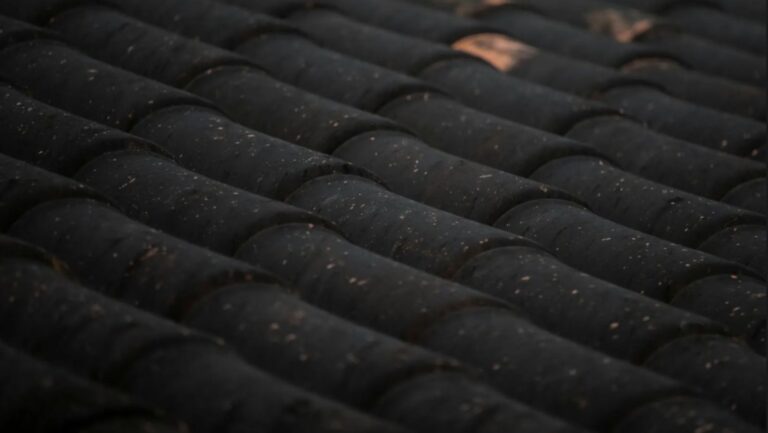Choosing the right roofing material is essential for protecting your home and ensuring long-term durability. With a variety of options available, homeowners must find some content and weigh factors like climate, budget, and maintenance requirements before making a decision. Here’s a guide to the most common roofing materials, helping you decide which one is the best fit for your home.
Asphalt Shingles
Asphalt shingles are one of the most popular roofing materials in North America, thanks to their affordability and ease of installation. They are composed of a fiberglass base coated with asphalt and topped with mineral granules for added protection.
Pros:
- Cost-effective
- Available in many colors and styles
- Simple to install and repair
- Can last up to 20-30 years with proper care
Cons:
- Susceptible to wind damage
- Limited lifespan compared to other materials
- Non-environmentally friendly due to petroleum-based components
Best for: Homeowners looking for an affordable, practical solution. Asphalt shingles are ideal for those living in moderate climates.
Metal Roofing
Metal roofing has become increasingly popular in recent years due to its durability and energy efficiency. It can be made from materials like aluminum, steel, copper, or zinc, providing homeowners with various options based on appearance and cost.
Pros:
- Extremely durable (lasting up to 50+ years)
- Fire-resistant
- Reflects solar heat, reducing energy costs
- Lightweight, minimizing structural stress on the home
Cons:
- Higher upfront cost compared to asphalt shingles
- Can be noisy during rain or hailstorms without proper insulation
- Requires professional installation
Best for: Homes in areas prone to severe weather conditions, such as heavy rain, snow, or wind. Metal roofing works well for eco-conscious homeowners who want a long-lasting solution.
Clay and Concrete Tiles
Clay and concrete tiles are commonly seen in Mediterranean-style homes, offering a distinctive look that can significantly boost curb appeal. While both types of tiles offer a similar aesthetic, clay tiles tend to be lighter and more expensive than concrete ones.
Pros:
- Extremely durable (lasting 50+ years)
- Fire-resistant
- Provides natural insulation, helping regulate indoor temperatures
Cons:
- Heavy, requiring additional structural support
- Expensive compared to other materials
- Susceptible to cracking in freezing temperatures
Best for: Homes in hot, dry climates where the tile’s thermal properties can reduce cooling costs. Clay and concrete tiles are also a good option for homeowners seeking a long-term investment.
Slate Roofing
Slate is one of the most durable roofing materials available, known for its classic appearance and longevity. Made from natural stone, slate roofs can last for over 100 years with minimal maintenance.
Pros:
- Long-lasting (up to 100+ years)
- Resistant to fire, water, and extreme weather
- Aesthetically pleasing with a high-end look
- Environmentally friendly, as slate is a natural material
Cons:
- High cost, both for material and installation
- Heavy, requiring extra structural support
- Difficult and costly to repair

Wood Shingles and Shakes
Wood shingles and shakes provide a rustic, natural appearance that complements many architectural styles. Wood shingles are sawn for a smooth finish, while shakes are hand-split, giving them a rougher texture.
Pros:
- Natural and eco-friendly material
- Provides excellent insulation
- Can last up to 30-40 years with proper care
Cons:
- Prone to fire unless treated with a fire-resistant coating
- Requires regular maintenance to prevent rot, mold, and insect damage
- Higher cost than asphalt shingles
Best for: Homes in areas with mild climates where the risk of fire is low. Wood shingles and shakes are ideal for homeowners looking for a natural, eco-friendly option.
Synthetic Roofing Materials
Synthetic roofing materials, including rubber, plastic, and polymer-based products, are designed to mimic the appearance of natural materials like slate or wood but with improved durability and affordability.
Pros:
- Lightweight and easy to install
- Available in a wide range of styles
- Often more affordable than natural materials
- Resistant to mold, rot, and cracking
Cons:
- Newer material with less historical data on long-term performance
- May not have the same premium look as natural materials
- Some types can fade over time
Best for: Homeowners seeking a budget-friendly alternative to natural slate or wood. Synthetic roofing materials are great for those who want a balance between cost, appearance, and durability.
Green Roofing
Green roofs, also known as living roofs, involve the installation of vegetation over a waterproof membrane. These roofs provide a unique aesthetic while offering significant environmental benefits.
Pros:
- Eco-friendly, reducing carbon footprint
- Excellent insulation properties, lowering energy costs
- Reduces stormwater runoff
- Provides natural habitat for wildlife
Cons:
- Expensive to install and maintain
- Requires a strong structural foundation to support the added weight
- Limited lifespan compared to more traditional materials
Best for: Eco-conscious homeowners with a strong interest in sustainability. Green roofs work best in urban areas where reducing heat islands and improving air quality are important.
Which Roofing Material is Right for You?
- Choosing the right roofing material for your home depends on several factors, including your budget, climate, and aesthetic preferences. Paradise Exterior offers a range of options to suit different needs. Asphalt shingles are a great choice for those looking for affordability and practicality, while metal roofing provides durability and energy efficiency. If you’re interested in a more luxurious option, slate or clay tiles offer beauty and long-lasting performance, although they come with a higher cost. For environmentally-minded homeowners, green or synthetic roofing materials from ParadiseExteriors.com for example, are worth considering.

Each material comes with its unique set of pros and cons, so it’s essential to assess what matters most to you. Are you prioritizing durability? Do you live in a region with extreme weather? Or are you more focused on finding an eco-friendly solution? By weighing these factors, you can make an informed decision and ensure your roof protects your home for years to come.




